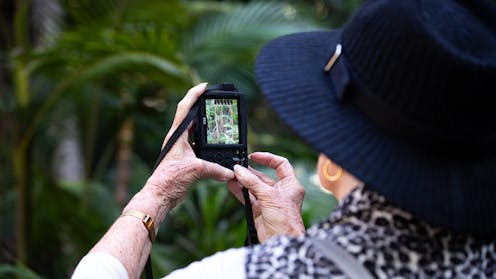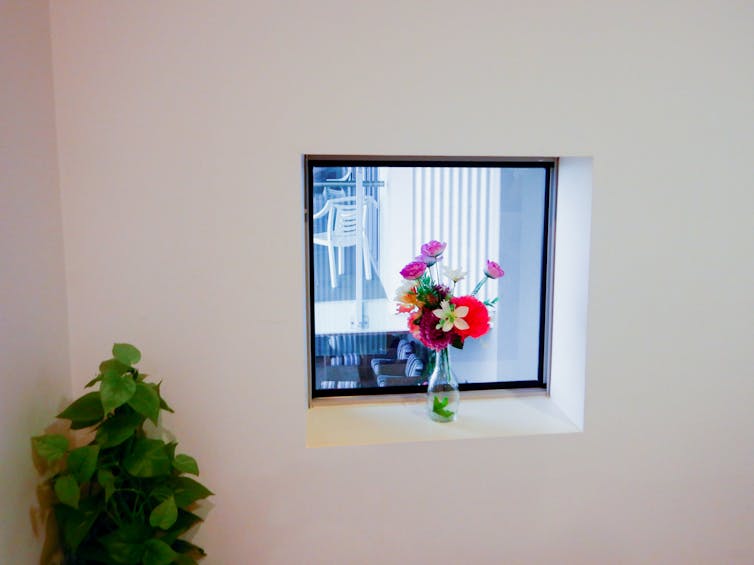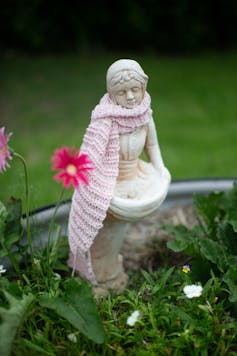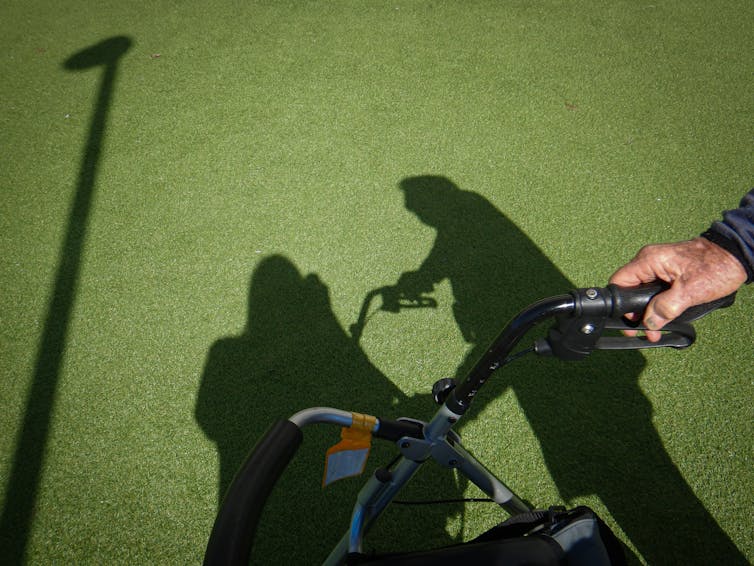
Older adults are often faced with lifestyle changes that can disrupt their sense of place and purpose. It may be the loss of a partner, downsizing their home, or moving to residential aged care. And these changes can come with loss of identity, uncertainty, disconnect and isolation.
But what if I told you a simple camera could help alleviate some of these pains? I’ve been working with older adults for the past decade, using photography as a way of connecting with place, and the results have been transformational.
The value of creative ageing
Research has shown arts engagement can significantly enhance the mental wellbeing and overall health of older adults.
Australia has responded by developing Creative Ageing Frameworks and the National Arts Health Framework, which position creative activity as valuable components of productive and healthy ageing.
But while creative ageing programs are expanding, there are still many barriers to participation, including cost, accessibility, participants’ self-doubt, and a lack of skilled facilitators.
This highlights a need for more inclusive approaches that use familiar tools – and that’s where photography comes in. Photography is a multi-sensory embodied practice. It allows us to be mindful, slow down, and look for beauty in everyday life. It can also prompt us to see the world differently.
Recent research by my colleagues and I documents how taking photographs can increase older adults’ connection to place, creativity and overall wellbeing.
Specifically, we explored the impact of photography as not so much a structured “art activity”, but as a practice of connecting to place and other people through group photo walks.
Over the past 18 months we’ve been working with several groups of older adults who live in aged care and community settings. We found that framing the world through a lens can powerfully transform a photographer’s relationship to the environment, and their sense of agency within it.
This practice of intentional “seeing” creates opportunities for discovery in even the most familiar surroundings.
As one aged care resident, Kathleen, put it:
It’s given me a new sense of enjoyment and purpose and changed how I look at both life and seeing places in here that I’ve never seen before.

Easy, meaningful and social
So what makes photography particularly suited to older adults? Our research highlights some key factors.
It’s accessible and familiar
Photography has become one of the most democratic of creative pursuits. Most people carry a camera via their phone or tablet and know how to operate it. Older adults are no exception.
This familiarity removes common barriers, such as the need to learn a new skill, and instead builds on existing knowledge. This makes photography an ideal creative expression; it requires no special training or equipment, and there is little room for doubt one’s capability.
It’s meaningful
Unlike many other creative activities offered to pass time, photography constitutes a meaningful activity for older adults. According to research, “meaningful” activities for older adults are those that are enjoyable, engaging, suited to individual skills, related to personal goals, and connected to identity.
Photography can be exploratory, fun, and deeply personal. The outcomes can be shared with others, discussed, displayed and privately revisited, allowing connection to one’s self and the surrounding world.
Seeing the familiar differently
Photography honours a photographer’s life experience and perspectives. Each photograph becomes both a creative expression, and validation, of their unique viewpoint – and allows them to see the world through new eyes.
During group photo walk sessions held for my research, participants expressed delight in sharing the same experience of visiting a familiar place, while capturing their own distinct vision of it.
When we returned to discuss the sessions, the group formed collective narratives, with each person adding their own unique contribution. Photography offers social and community connection while celebrating individual creativity and perspective.
The different versions of Russell Anderson’s “iDIDIT!” sculpture on a walk on the Sunshine Coast.

Being outside in the world
While photography can be done anywhere, most people will head outside when exploring with a camera. This was particularly important for people living in aged care, who often didn’t venture out into the gardens.
One participant, Margaret, was relearning how to walk after a stroke, and enjoyed our creative walks together.

She grew more confident with each walk, her purpose being to see parts of the residential aged care facility that she’d never accessed and photographed before. Going outside with a camera allowed her to connect to her new home.
Putting it into practice
The beautiful thing about photography is that anyone can do it, and there is no right or wrong. You can simply start by slowing down and looking for interesting shadows, textures, or details.
For those working with older adults, photography is an adaptable, low-cost activity that works across various settings and abilities. You can do it indoors, from a wheelchair, sitting on a wheelie walker, or while getting some exercise.
Photo walks, in particular, are a great way for photographers to share experiences and connect.

The author would like to acknowledge the contribution of Dr Daniel Wadsworth and Dr Leah Barclay for work which has supported some of the research in this article.
This article was originally published on The Conversation. Read the original article.







